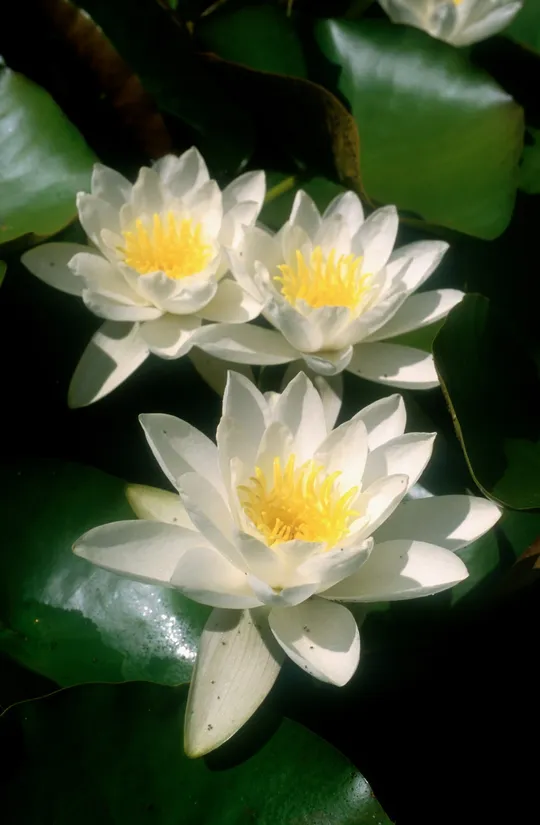Blue Star Water-lily, Blue Water-lily
Nymphaea nouchali
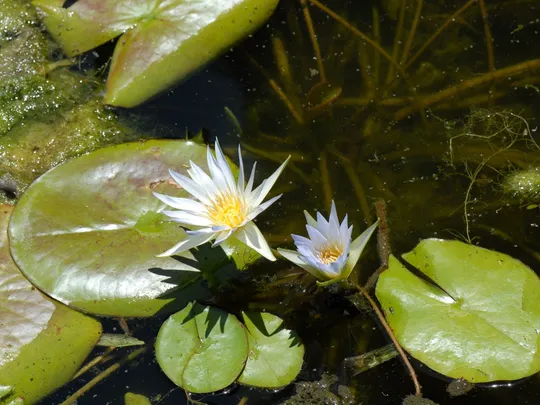
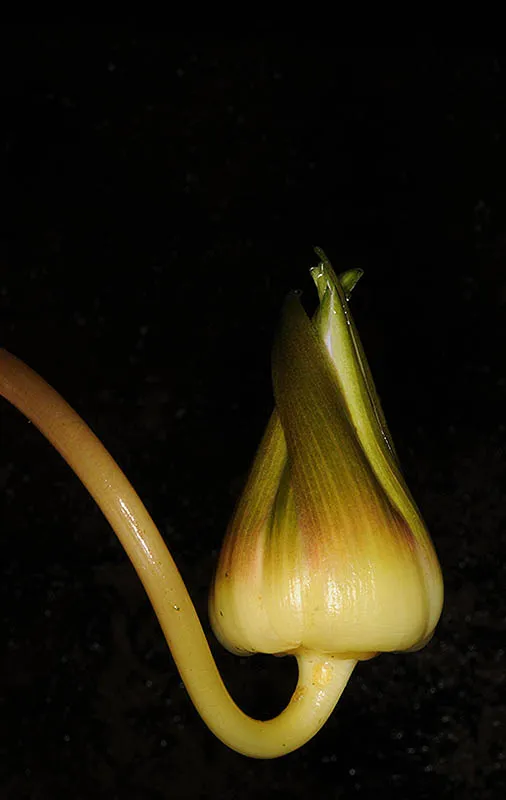
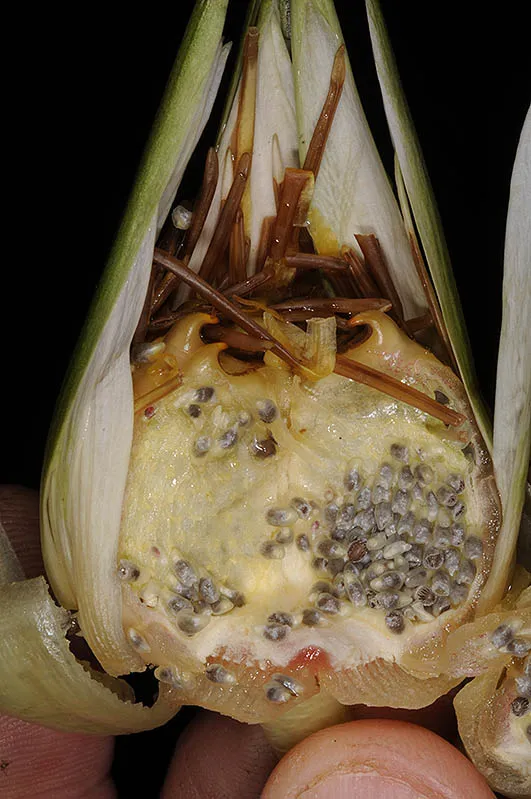
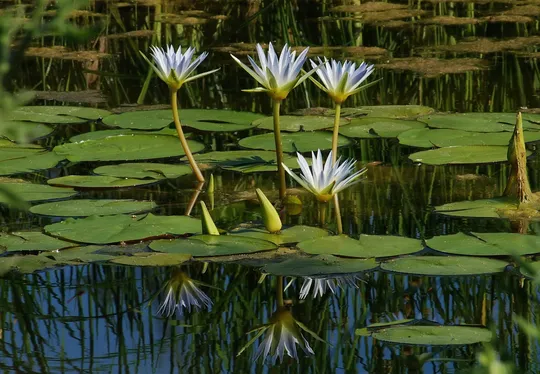
Flour from the fruits of Nymphaea nouchali was
once used for making bread. Other parts of the plant – rhizome, leaf stalks,
and the seeds are consumed as well. Some identify it with the sacred “lotus
plant" that appears in ancient Egypt on many graves and ancient monuments.
Nymphaea nouchali grows in the Sharon
and the Acre Valley, and today two natural sites are known with certainty. In
the Sharon at the Yarkon Source, the original
population remains and has been reinforced by plants originally from the Yarkon
that were grown in the Tel Aviv Botanical Garden. Avitzur (1957) notes that in
1945 seven plants were counted along the main branch of the river "between
the springs and the Water Institute of Nazla", but these are extinct. It
is also extinct from the Batih Pond near Hadera. N. nouchali once grew in the Acre
Valley and it is now found in En Afek. This population decreased considerably between
the 1940s and the 1970s due to the excavation of the Na'aman Canal, secondary
drainage canals and fishponds. In 1976, the last specimen disappeared (Boulder,
1982). In addition, the plant suffered from attacks of Melanopsis buccinoidea and nutrias. Successful reproduction in pools and reintroduction of N.
nouchali by the Israel Nature and Parks Authority
strengthened the En Afek Reserve population (Walczak,
pers. comm.). Plants were planted in 1979-1982 in water reservoirs and some germinated
and survived for few years. Efforts to populate N. nouchali in En Sa'adia near the Check Post were successful
(Sela, 1982).
In Israel –
springs and pools. In the world – also in rivers and lakes.
For the genus –
see Nymphaea alba. In the past the
accepted scientific name for N. nouchali was N.
caerulea but today some of the Floras include it in the broad species N.
nouchali, with caerulea as one of its varieties. Other Floras accept
the synonym N. caerulea as the scientific name. Yigal Sela (1982)
suggested that the Na'aman and Yarkon populations represent different
subspecies that differ in their flower color, in their size and germination
ability, but this hypothesis has not been tested.
·
There is a strong decreasing trend in
the number of Nymphaea nouchali sites: There are only
two remaining natural sites of the eight that were previously known.
·
Drainage of wetlands, water quality deterioration
and pollution are the main threats to N. nouchali populations and their local extinction.
·
N. nouchali is protected by law. It
is protected in the En Afek reserve and grows at the sources of the Yarkon and within
the boundaries of the Yarkon National Park.
·
N. nouchali is probably not endangered
in East Africa and the African tropical countries, even though their
populations have decreased.
Surviving Nymphaea nouchali populations at the Yarkon Sources should be
monitored and their long-term development trends studied. The species should be
reintroduced to wetlands such as En Afek and the upper section of the Yarkon
and the water quality at these sites should be ensured.
Nymphaea nouchali is found in
Tropical and East Africa – South Africa, Botswana, Namibia, Mozambique, Angola,
Zimbabwe, Zambia, Malawi, Tanzania, Kenya, Uganda, Sudan and Egypt. Israel is the
northern limit of its range.
Nymphaea nouchali is a tropical aquatic
plant with floating leaves that once grew at a few sites in springs and streams
in the Acre Valley and in the Sharon. Israel is the northern limit of its
global range. It survives today at only two sites and is seriously endangered.
ראה נימפאה לבנה ורשימת הספרות בכללית
Current Occupancy Map
| 1000 squre meter pixel | 5000 squre meter pixel | 10000 squre meter pixel | |
|---|---|---|---|
| number of observations | 0 | 0 | 0 |
| in total pixels | 0 | 0 | 0 |
| Family | Nymphaeaceae |
| Classification | On the endangered species list |
| Ecosystem | Mediterranean humid |
| Chorotype | Tropical |
| Conservation Site | Yarkon Source, En Afek |
| Rarity |
1
5
6
|
|---|---|
| Vulnerability |
0
3
4
|
| Attractiveness |
0
3
4
|
| Endemism |
0
0
4
|
| Red number |
1
6.3
10
|
| Peripherality | S |
| IUCN category | DD EW EX LC CR EN VU NT |
| Threat Definition according to the red book | Critically endangered |
 Based on:
Based on:
